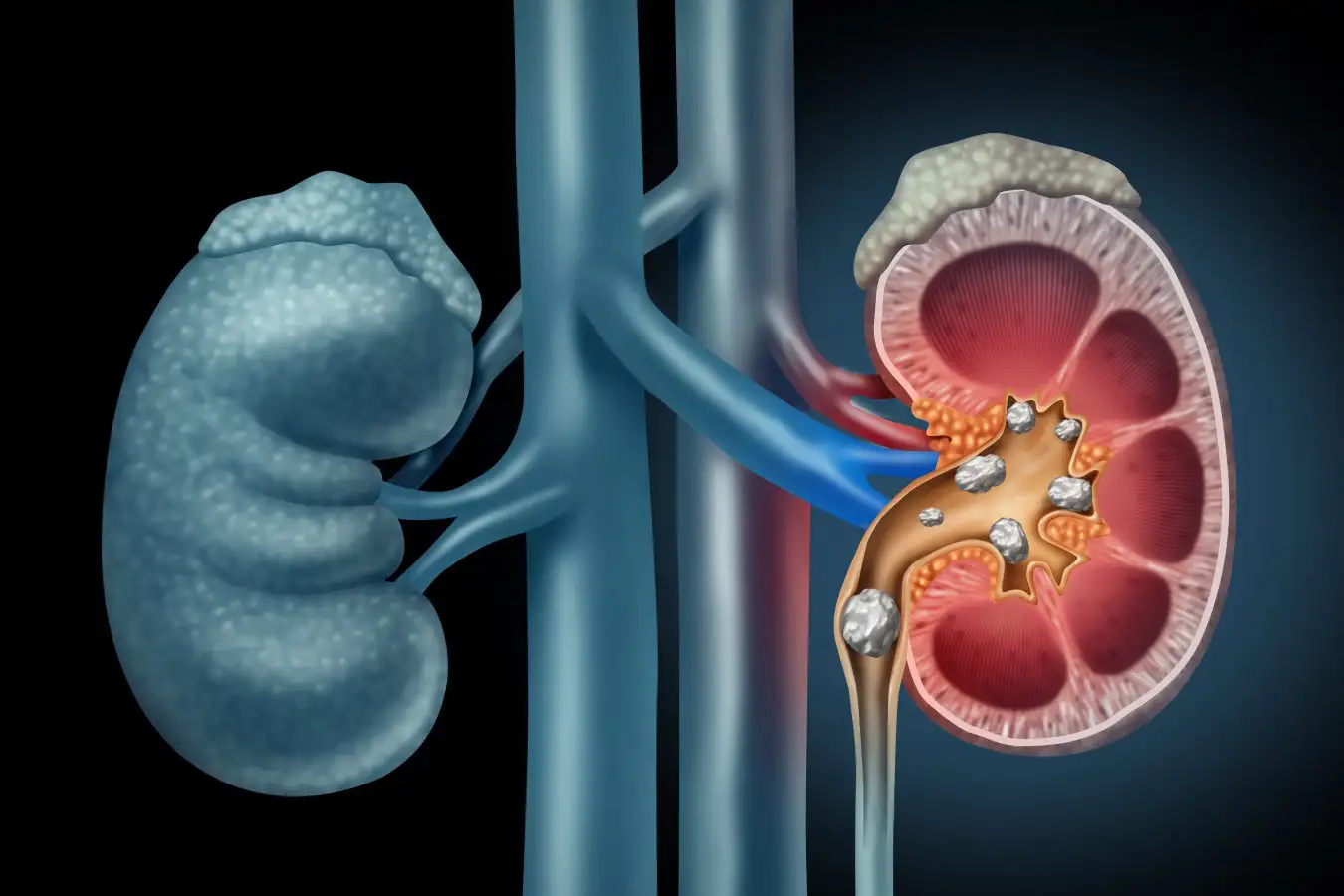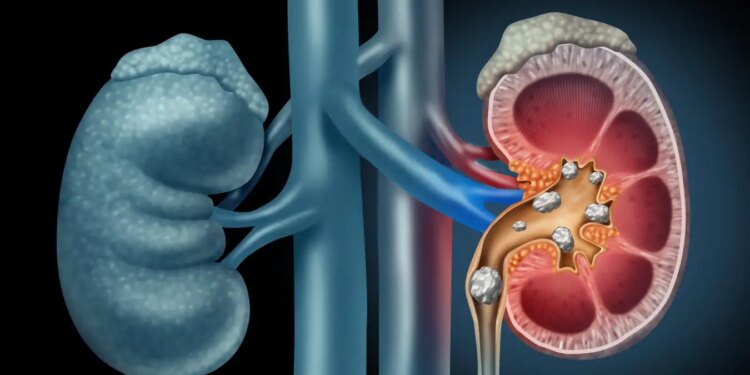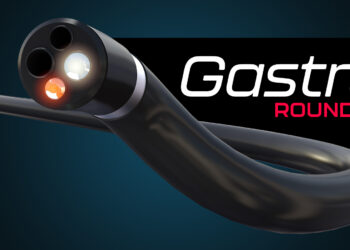
Kidney stones are a common and painful complaint
wildpixel/Getty Images
A magnetic device may be able to remove kidney stones more efficiently than standard approaches, avoiding the need for repeated surgical procedures.
Kidney stones occur when minerals in urine crystallise. They can be painful when they become lodged inside the kidneys or enter the ureters, tubes that connect the kidneys to the bladder.
They are often treated by breaking them into smaller pieces. This may involve pushing a thin tube with a stone-shattering laser at the end through the bladder into the ureter and kidney, or pulsing ultrasound waves from outside the body.
Surgeons can then remove the stone fragments, usually one by one, using a wire basket that is fed in and out of the urethra. But this repeated retrieval can cause tissue damage. In about 40 per cent of cases, fragments are left behind, partly because especially small ones slip through the basket. These carry the risk of forming more stones.
In search of an alternative approach, Joseph Liao at Stanford University in California and his colleagues previously developed a magnetic gel, which coats kidney stone fragments, and a magnetic wire, which they used to capture the fragments in a lab dish.
Now, they have tested the approach in four pigs. They inserted dozens of human kidney stone fragments into the animals’ kidneys before injecting the organs with the magnetic gel. Using the magnetic wire inserted through the urethra, they were able to retrieve multiple stone fragments at once, rather than just one at time, as is commonly the case with the wire basket method. “It’s sort of like using a stick to fish out a snot full of stone fragments, so you can remove a large amount of them in one” go, says Liao.
This suggests the technique would cause less tissue damage than the standard approach, as surgeons would need to go in and out of the kidneys fewer times. It could even completely clear fragments from the kidneys because, unlike wire baskets, the magnetic device can catch pieces of any size, says Liao. This would reduce the risk of new stones forming and the need for further surgery.
“It’s a very promising approach,” says Veronika Magdanz at the University of Waterloo in Canada, who wasn’t involved in the study. “Anything that increases the collection success of the stones and picks up more pieces at a time is helpful.”
None of the pigs showed side effects due to the gel. “It’s very good news; it’s not toxic or damaging in any way,” says Magdanz. After optimising the approach in further pig studies, the team hopes to trial it in humans in about a year, says Liao.
Topics:
Source link : https://www.newscientist.com/article/2502186-magnetic-gel-could-remove-kidney-stones-more-effectively/?utm_campaign=RSS%7CNSNS&utm_source=NSNS&utm_medium=RSS&utm_content=home
Author :
Publish date : 2025-10-30 18:00:00
Copyright for syndicated content belongs to the linked Source.












